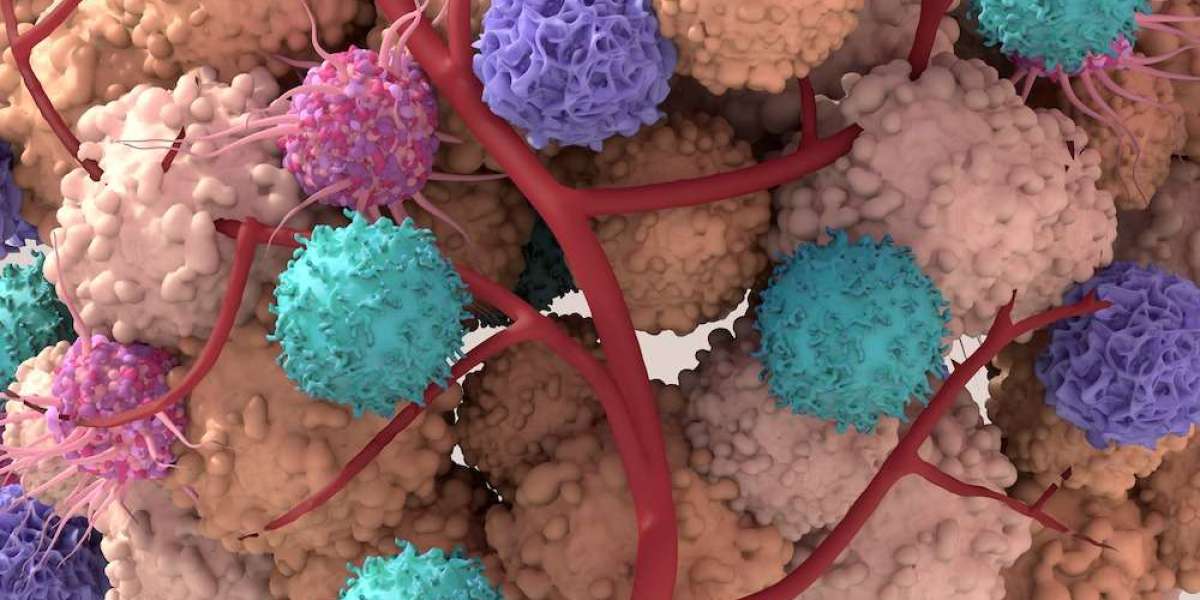Introduction:
Cancer remains one of the most challenging diseases to treat, primarily due to its ability to develop resistance to therapies. Researchers have now discovered a groundbreaking approach that forces cancer cells to self-destruct. This new method, known as the dual-switch selection gene drive, utilizes genetic editing to manipulate cancer cells, making them multiply rapidly before activating a death mechanism that wipes them out. This promising discovery could pave the way for new treatments for various cancers, especially those that have become resistant to conventional therapies.
How the Dual-Switch Selection Gene Drive Works:
Step 1: Inducing Rapid Tumor Growth
The first switch in the dual mechanism is designed to enhance cancer cell replication when exposed to a specific drug. In experiments, scientists used erlotinib, a medication often prescribed for lung cancer, to trigger this response. By engineering the cancer cells to depend on the drug for survival and reproduction, the researchers ensured that these genetically modified cells would quickly dominate the tumor. This technique essentially tricks the cancer into accelerating its own demise.
Step 2: Activating Self-Destruction
Once the modified cells have overtaken the tumor, the second switch is triggered using a harmless compound. This switch activates a toxin-production mechanism, leading to the destruction of the cancer cells. The technique successfully eliminated entire tumors in mouse models within 80 days, demonstrating its potential as a highly effective cancer treatment.
The Promise of This Approach:
This method represents a major breakthrough in oncology. One of the biggest challenges in cancer treatment is drug resistance—when cancer cells mutate and no longer respond to therapies. The dual-switch system removes the possibility of resistance because it forces the cancer cells to evolve in a controlled manner before eliminating them. This approach could be particularly beneficial for aggressive or late-stage cancers where existing treatments have failed.
Why This Is a Game Changer
- Precision Targeting – The gene drive only affects cancer cells, leaving healthy cells unharmed.
- Overcoming Resistance – It forces cancer cells into a vulnerable state before eliminating them.
- Potential for Other Cancers – While initially tested on lung cancer, researchers believe it can be adapted for breast cancer, pancreatic cancer, and other solid tumors.
- Minimizing Side Effects – Unlike chemotherapy, which affects both healthy and cancerous cells, this method ensures a more targeted approach.
Next Steps in Research:
Following its success in mouse models, researchers are now planning to test this therapy on different cancer types and refine the genetic mechanisms further. If successful, human clinical trials could begin in the coming years. The adaptability of this approach means it could be personalized for different patients, making it a highly promising step toward customized cancer treatments.
Conclusion:
The development of the dual-switch selection gene drive marks an exciting breakthrough in the fight against cancer. By hijacking cancer's natural growth mechanisms and turning them against it, scientists have introduced a novel and highly effective strategy for tumor elimination. As research continues, this innovation could lead to safer, more precise cancer treatments that improve survival rates and quality of life for millions of patients worldwide.









Ashwin 1212 24 w
Thanks for sharing your valuable content
<a href= "https://login360.in/view-disclaimer/">web designing course in Chennai</a>